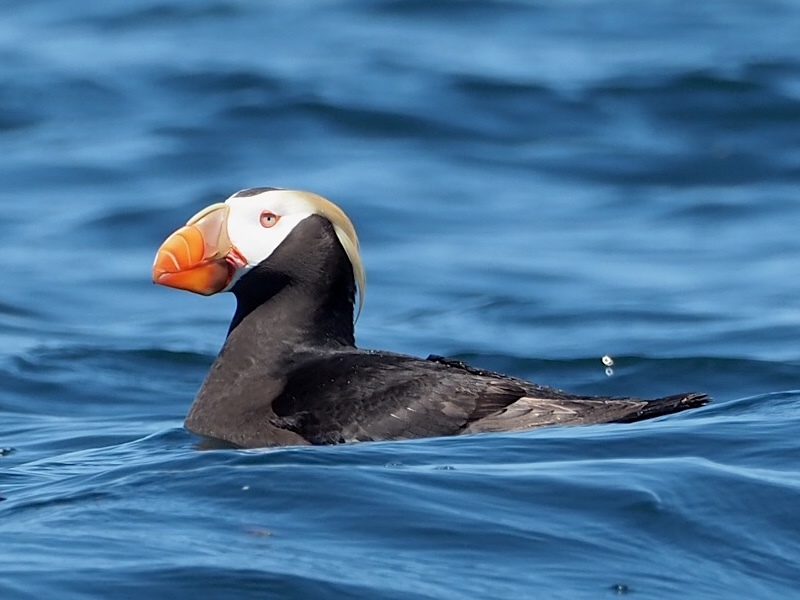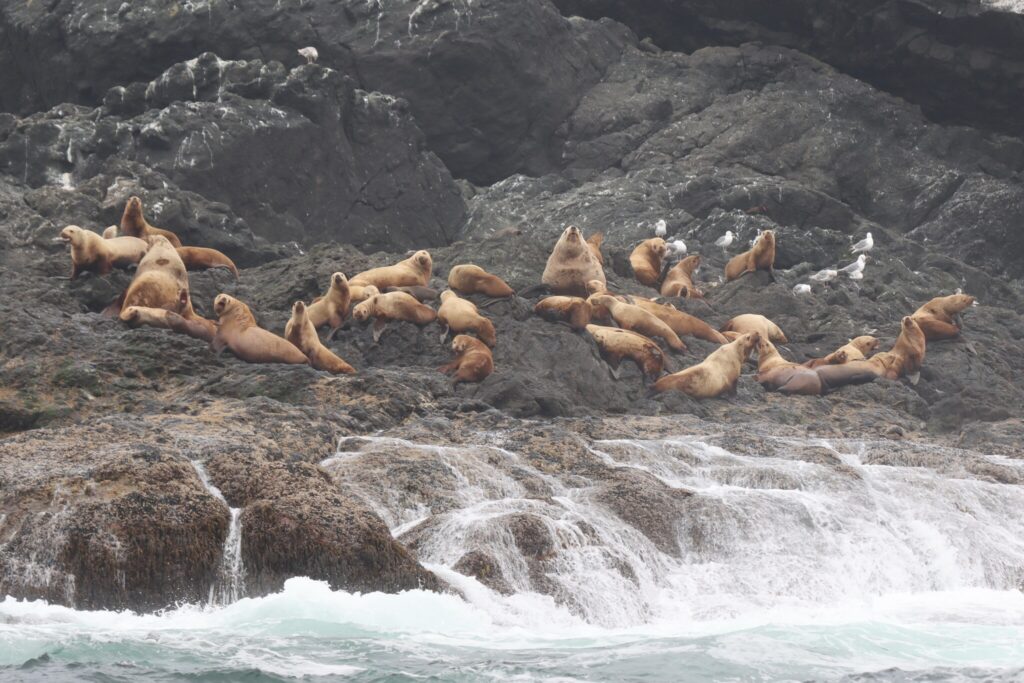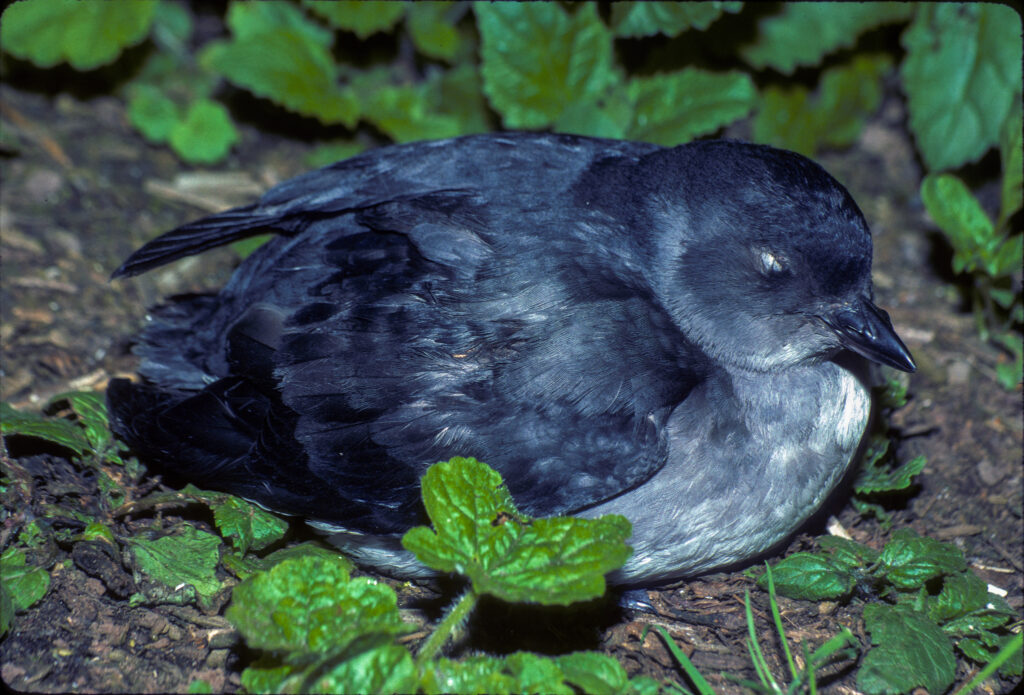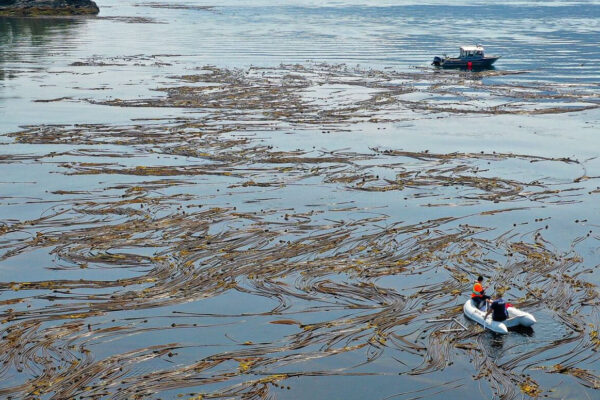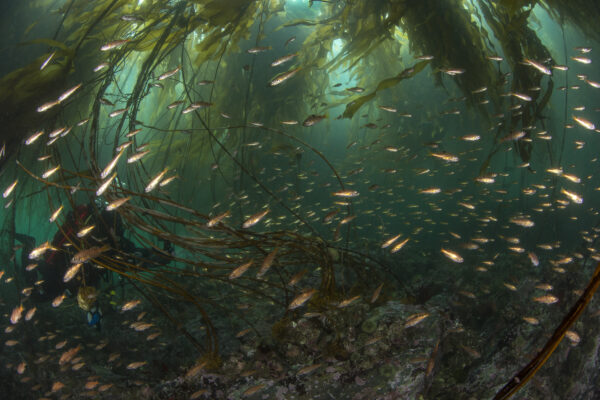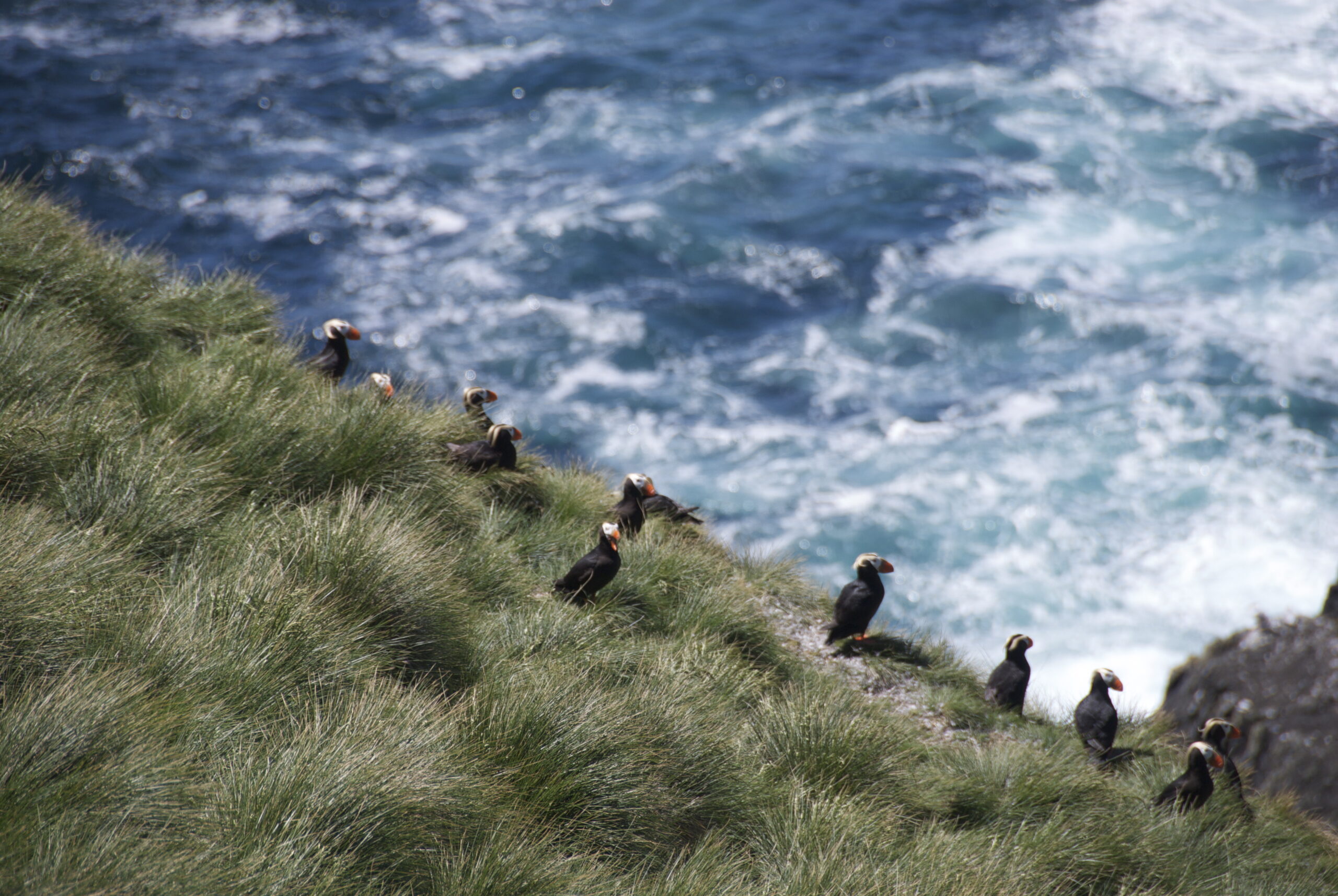
Securing a Seabird Sancturary: Scott Islands marine National Wildlife Area
Safeguarding millions of migrating seabirds from around the world
The Scott Islands marine National Wildlife Area (mNWA) off the northwestern tip of Vancouver Island is a global hub for migratory birds. Over one million seabirds nest in colonies on the marine protected area’s five stormy, foggy, and rocky islands. Outside of the breeding season, millions of seabirds from across the Pacific Ocean feed in the surrounding rich waters. Internationally recognized as an important bird area, it provides important habitat for seabirds, alongside fish, seals, sea lions, whales and other marine mammals.

Why Action is Needed
What's at Stake?
Despite being the first marine National Wildlife Area in Canada, this marine protected area has weak protections. Bottom trawling, a fishing method involving heavy nets that destroy seafloor habitat, is allowed in much of the marine protected area. Shipping traffic heavily transits through the area, dumping hazardous waste into the ocean. Applying Canada’s Marine Protected Area Protection Standard would go a long way to safeguarding marine life and the ocean they depend on for survival.
- Breeding and nesting habitat for 40% of seabirds in BC
- Hosts over one million nesting seabirds each year
- Important feeding area for millions of seabirds from around the world
- Identified as an ‘Ecologically and Biologically Significant Area’
Solutions
CPAWS-BC is looking to advocate for a management plan co-developed with First Nations that includes Canada’s Marine Protected Area Protections Standard
Bottom trawling actively occurs on nearly 15% of the Scott Islands mNWA, harming the food sources of seabirds. Additionally, pollution and disturbance from heavy shipping activity threaten the resilience of seabirds and other marine life. Strengthening of current regulations, including implementing Canada’s Marine Protected Area Protection Standard are needed to ensure protection for this rich marine ecosystem is enhanced.
- Implementation of Canada’s Marine Protected Area Protection Standard
- Improved monitoring and enforcement
- Strong First Nations and stakeholder collaboration
- Integration into the proposed Great Bear Sea MPA Network

Donate today
Support CPAWS-BC's work to protect the ocean around Scott Islands
Yes, I want to help protect Canada's wilderness
Other Ways to Help
Learn More
Marine Protected Areas 101: An introduction to MPAs The beautiful coast of British Columbia has sustained people for thousands of ...
More InfoMarine Protected Areas: Benefits for Nature and People
A win-win! Marine Protected Areas are not simply about restricting activities or access, they’re about letting life back in and ...
More Info
